As overseas brands look to establish a foothold in China’s lucrative consumer market, a well-designed ePR keyword strategy is crucial for driving visibility and engagement. The process of selecting the right keywords for the Chinese landscape requires a nuanced, data-driven approach. Here’s a step-by-step guide and combine it with a prime example of Nike’s success to optimize your ePR keyword strategy for successful expansion into China.

Understand the Chinese Market Landscape
Firstly, thoroughly researching the competitive dynamics of your industry in China. Identify the top local and international players, analyze their promotional tactics, and gain insights into evolving consumer preferences. This market intelligence will help you set realistic goals and prioritize the right brand, product, and long-tail keywords to target.
For example, Nike conducted extensive industry research to thoroughly map the competitive landscape of the sports and athleisure sector in China. The team analyzed the promotional strategies and keyword choices of leading domestic and international brands like Li Ning and Anta Sports, which provided market intelligence to identify high-potential keyword opportunities and uncover consumer pain points.
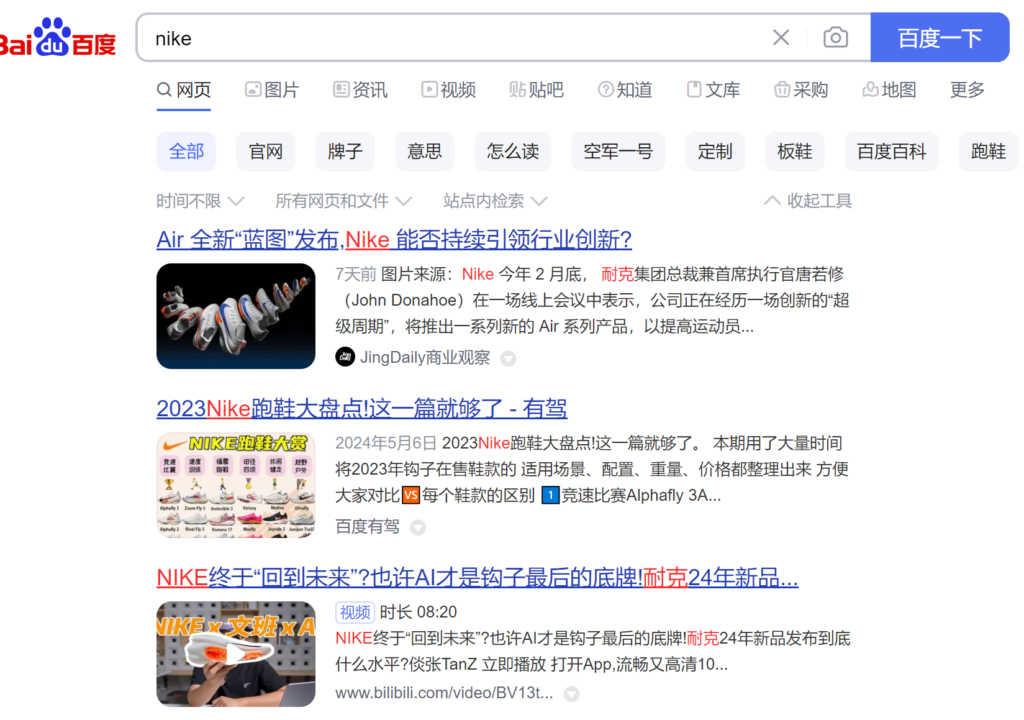
Build a Comprehensive ePR Keyword Taxonomy
Secondly, list your core brand name and any Chinese translations or transliterations. Catalog your key product names and their associated features, functions, and sub-categories. Delve into long-tail keyword research, unearthing the specific search queries and pain points of Chinese consumers.
Nike’s keyword strategy started with the brand name and its Chinese translation, ensuring easy discoverability among health-conscious Chinese consumers. The team then expanded the keyword system to the product level, uncovering popular search terms around categories like athletic pants, sports bras, and outdoor gear.
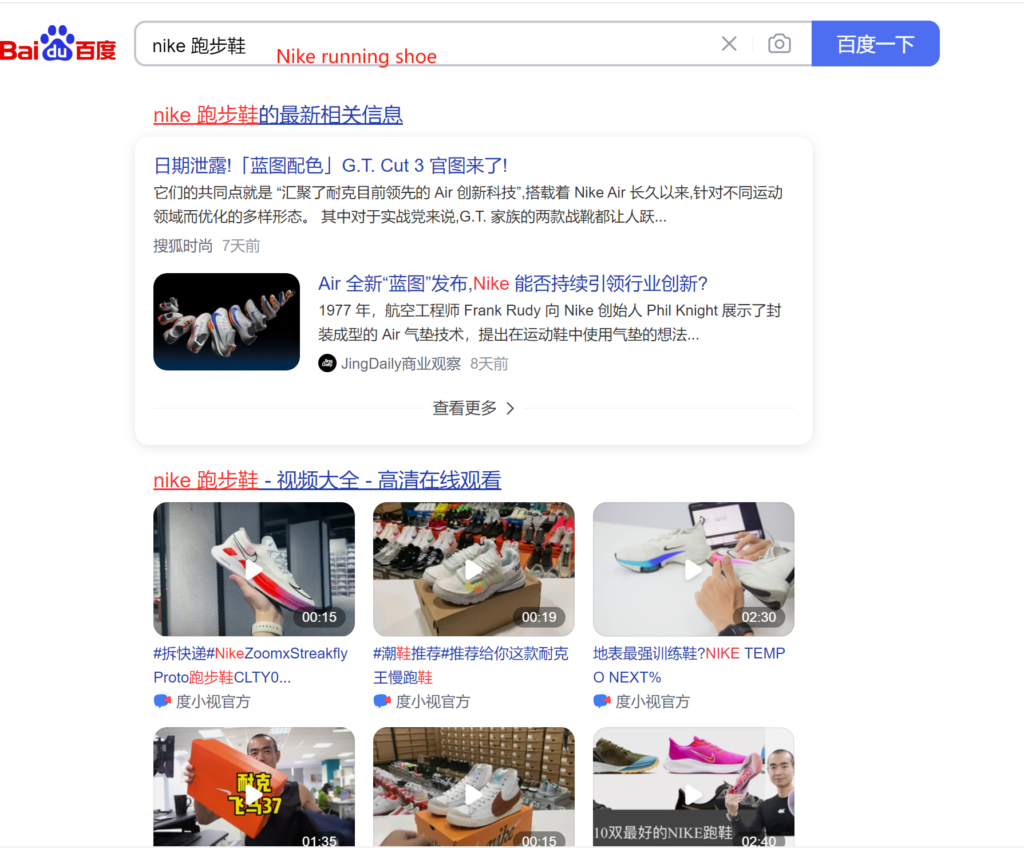
What’s more, to supplement the brand and product keywords, Nike’s marketing team also delved into long-tail keyword research, identifying search queries related to fitness, lifestyle, and other relevant areas. This holistic approach enabled Nike to establish authority across various consumer interest points.
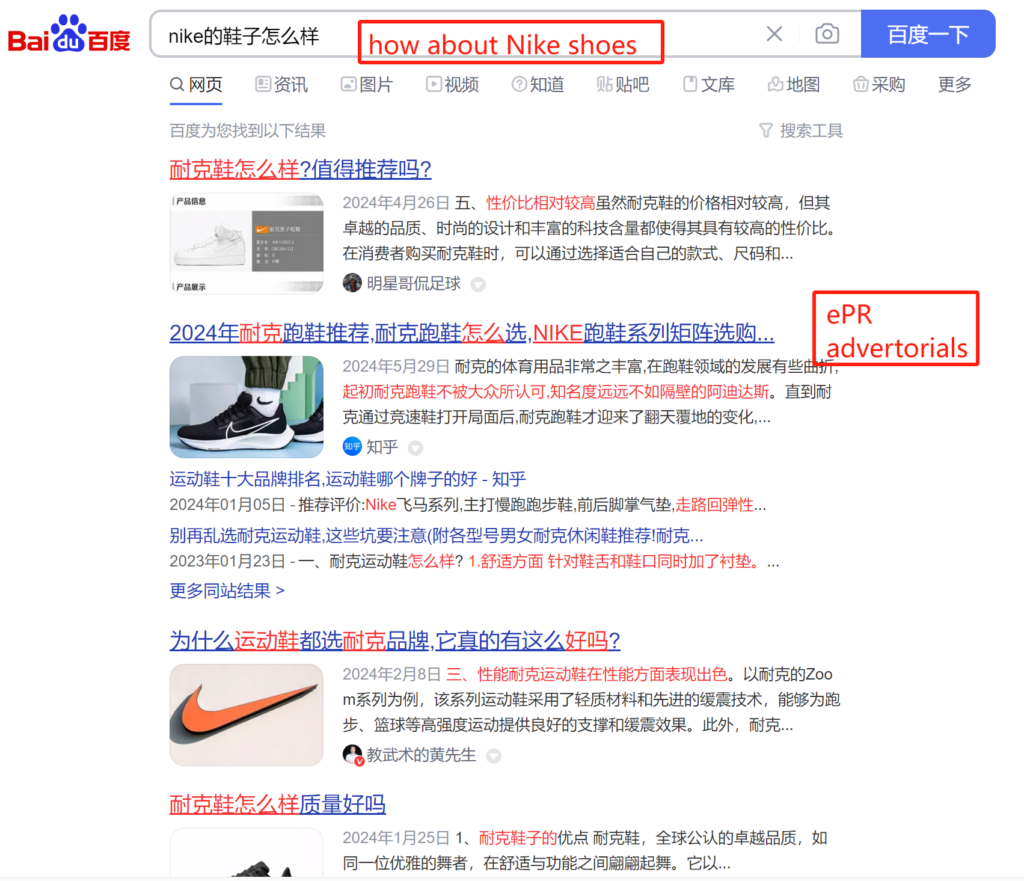
Evaluate ePR Keyword Performance Metrics
Assess each keyword’s search volume, competition level, and conversion potential within the Chinese market. Prioritize terms with high search demand, moderate competitive saturation, and strong buyer intent. Balance your focus across brand, product, and long-tail keywords to maximize visibility and relevance.
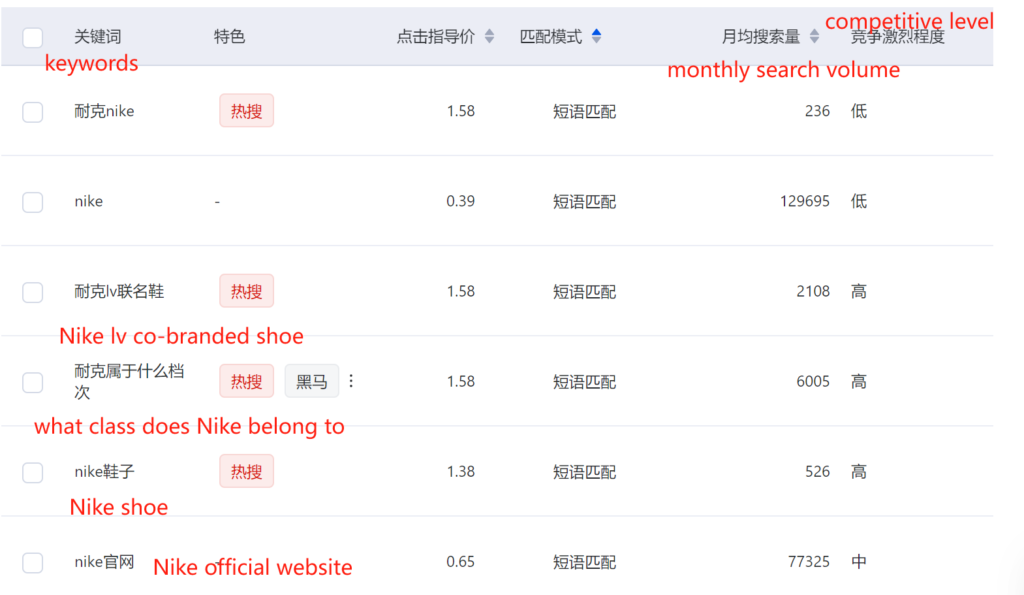
For example, after building a comprehensive keyword framework, the Nike team set out to evaluate the performance of each keyword, focusing on metrics like search volume, competition intensity, and conversion potential in the Chinese market. They prioritized keywords with robust search demand, moderate competition, and strong purchase intent to ensure ePR content reached the most promising audience segments.
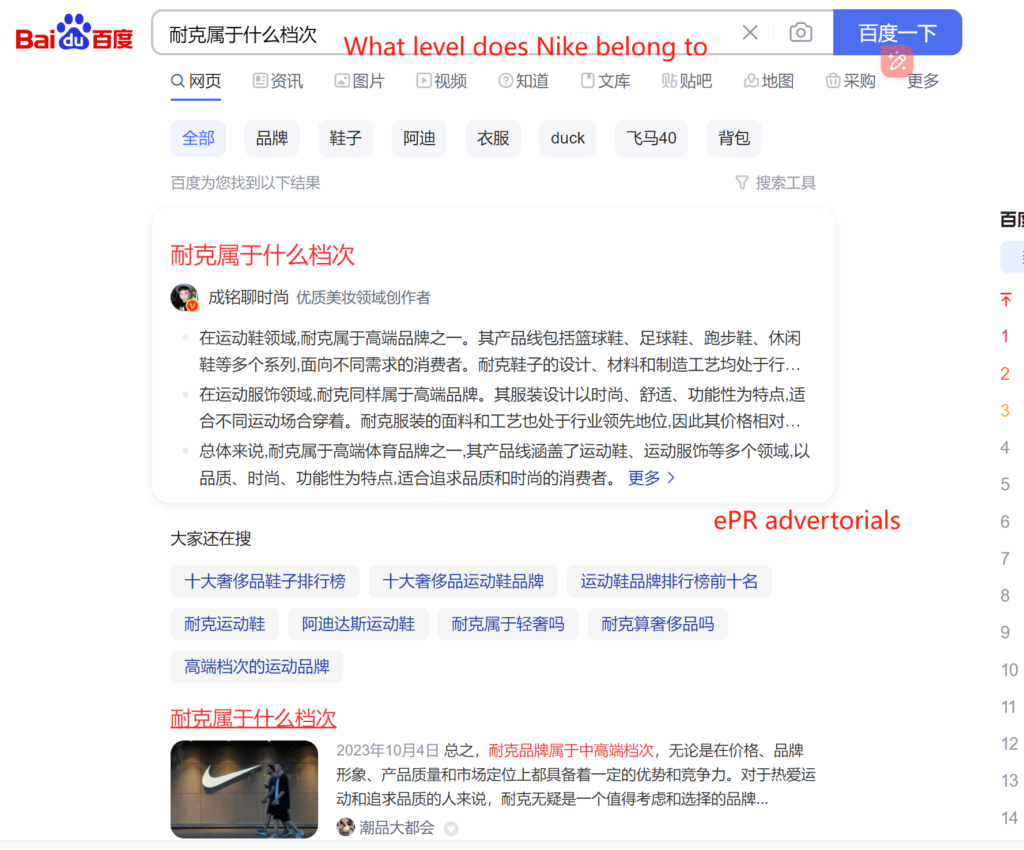
Adapt to Chinese Language and Culture
When optimizing your keyword strategy for the Chinese market, pay close attention to language nuances and cultural preferences. Ensure your keyword phrasing resonates with local consumers, taking into account dialectical variations and idiomatic expressions. Monitor evolving search trends and adjust your keywords accordingly.
Nike’s marketing team collaborated closely with local experts to meticulously refine the wording and interpretation of keywords and content. This included translating brand and product names into natural, fluid Chinese expressions and incorporating captivating idioms and colloquial language.
The team also closely monitored evolving search trends and adjusted their keyword mix accordingly, maintaining an agile response. For example, they observed that the younger Chinese consumer cohorts, such as Gen Z, were increasingly focused on holistic healthy living, so they adapted their ePR strategy to highlight Nike’s product lines and community initiatives in areas like meditation and fitness.

Continuously Optimize and Iterate
Last not but least, regularly track the performance of your ePR keyword portfolio, analyzing which terms drive the most qualified traffic, engagement, and conversions in China. Use these insights to refine your strategy, updating your keyword mix to stay ahead of the rapidly changing Chinese consumer landscape.
Nike has remained committed to continuously optimizing its ePR keyword strategy. The brand regularly tracks the performance of its keyword combinations, analyzing which terms drive the best traffic, engagement, and conversions on Chinese platforms like Weibo, WeChat, and Tmall.
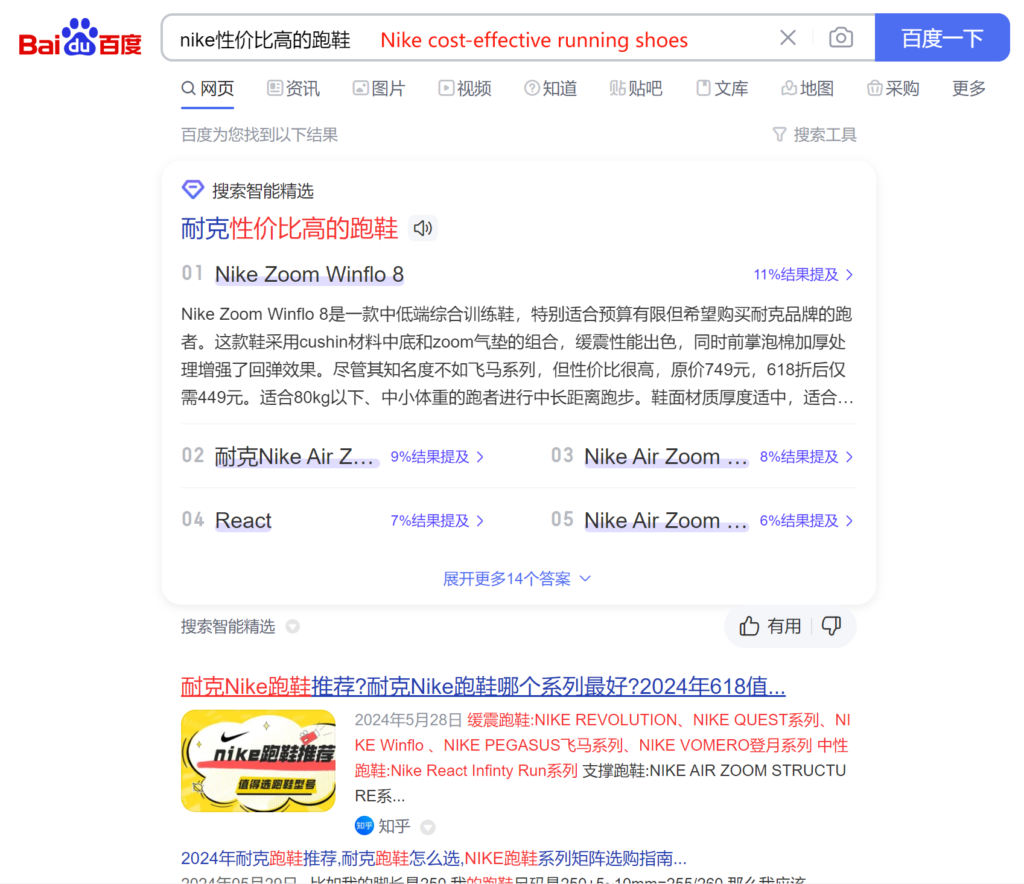
This data-driven approach allows Nike to refine its keyword mix, constantly updating and expanding the keyword system to keep pace with the ever-evolving Chinese consumer landscape. For instance, the team identified emerging long-tail keywords related to outdoor exploration and active travel, aligning with Chinese consumers’ post-pandemic appetite for adventurous experiences.
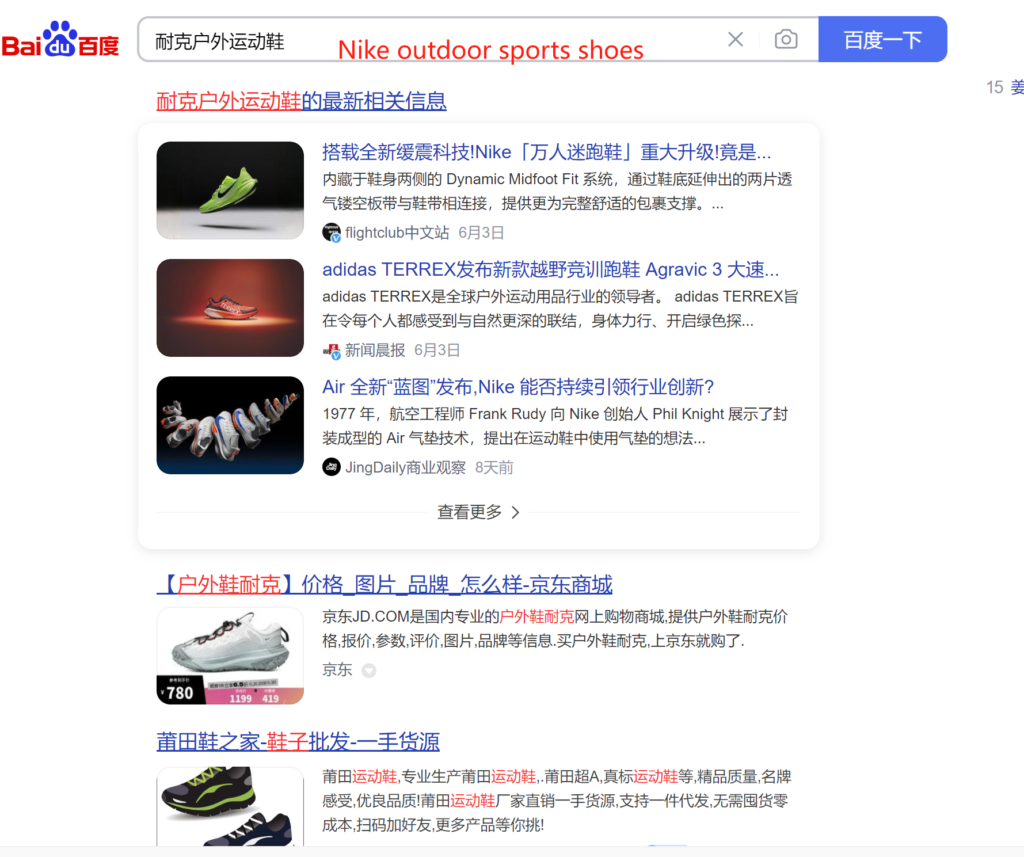
In conclusion, by following this systematic approach to ePR keyword selection, you can build a robust, data-driven strategy to elevate your brand’s visibility and success in the Chinese market. Stay agile, keep a pulse on evolving consumer behaviors, and continuously optimize your keywords for maximum impact.
